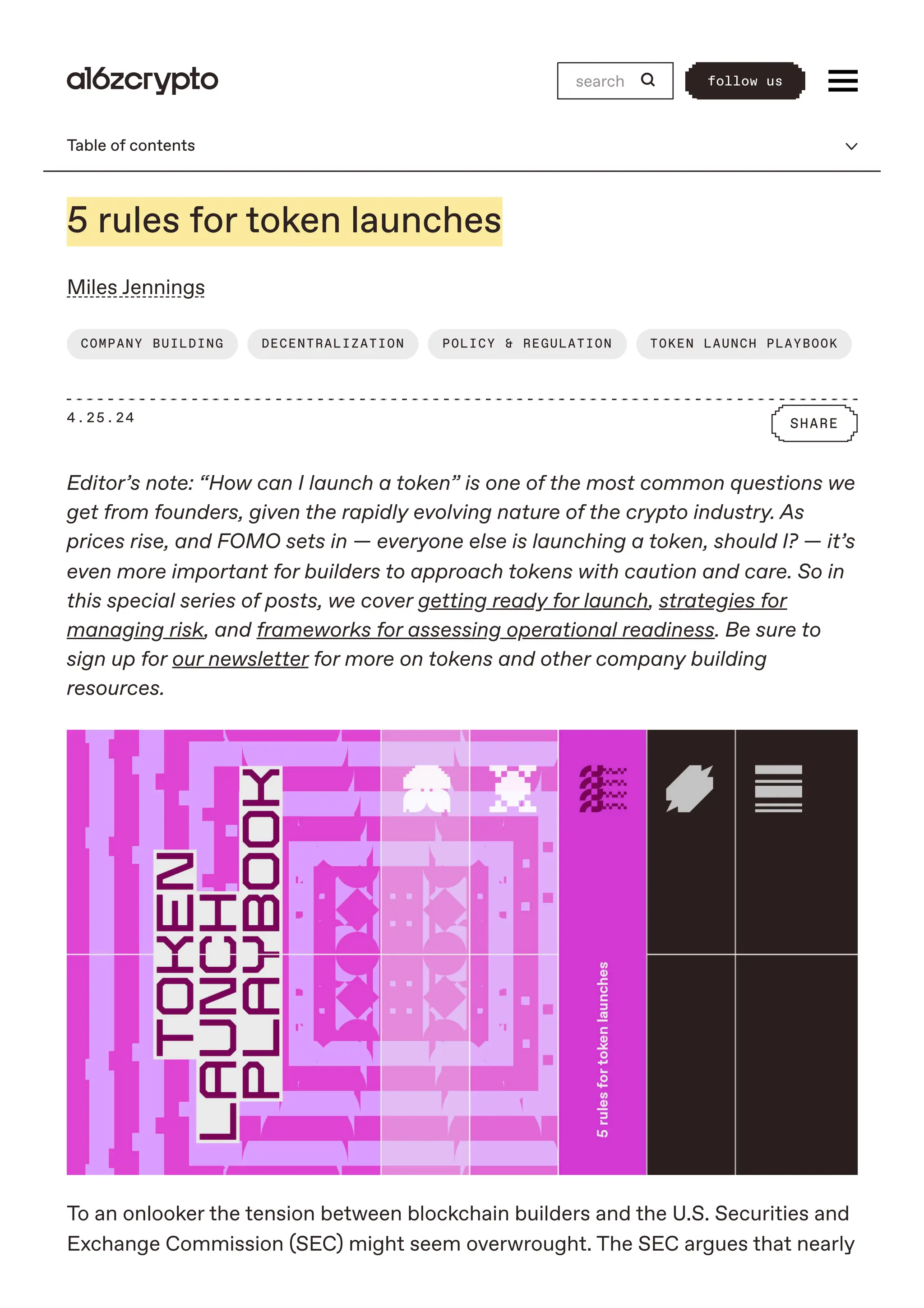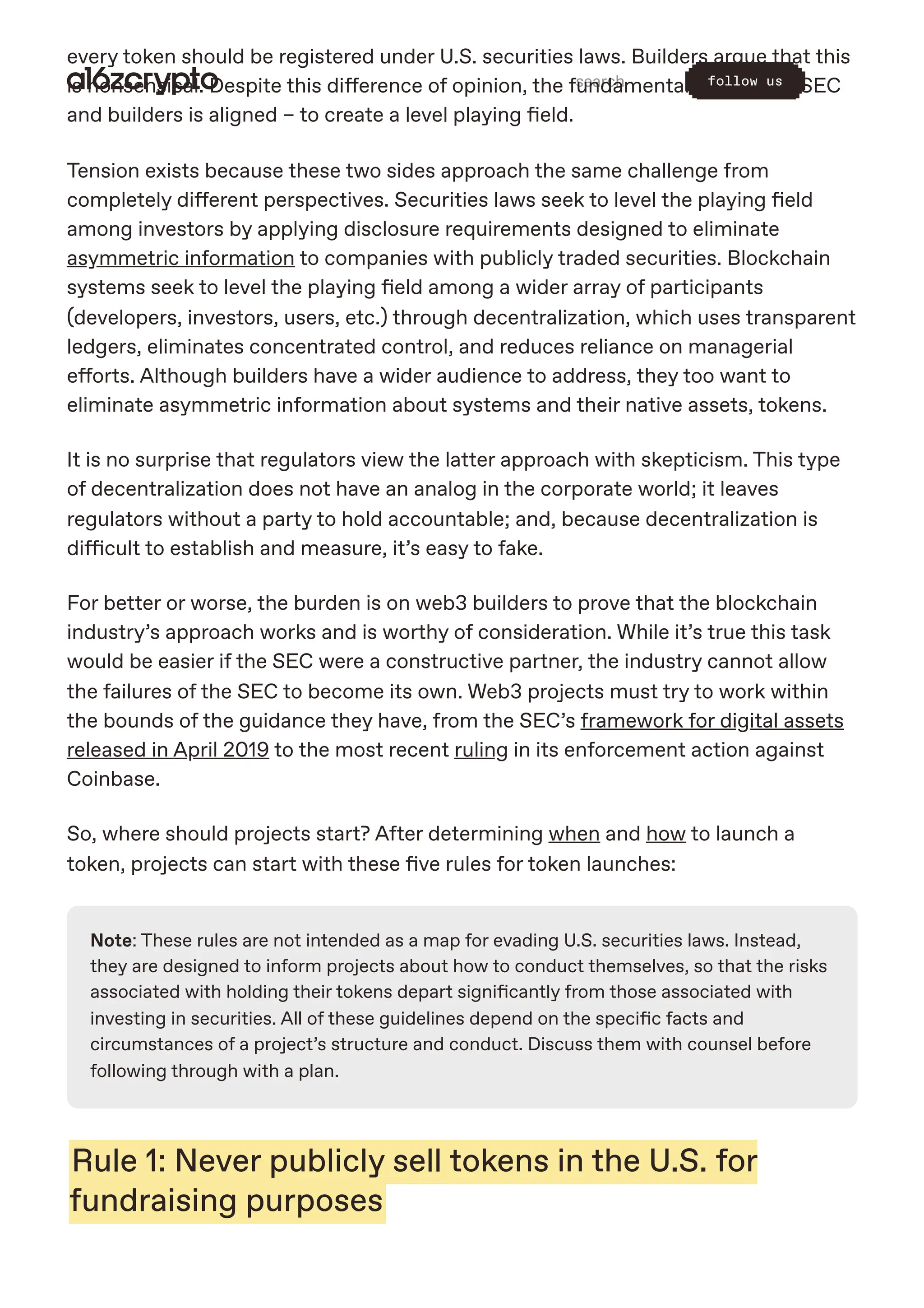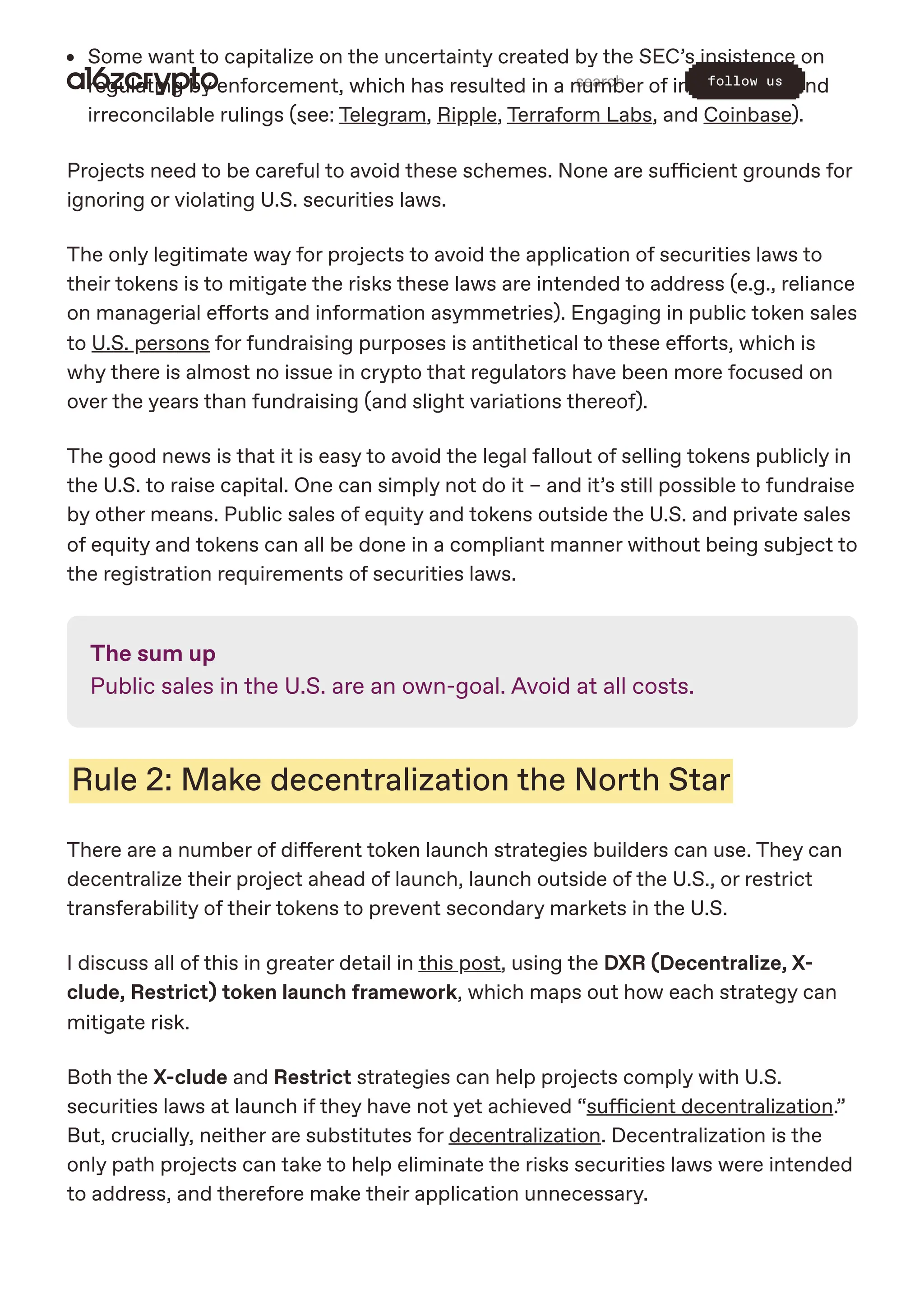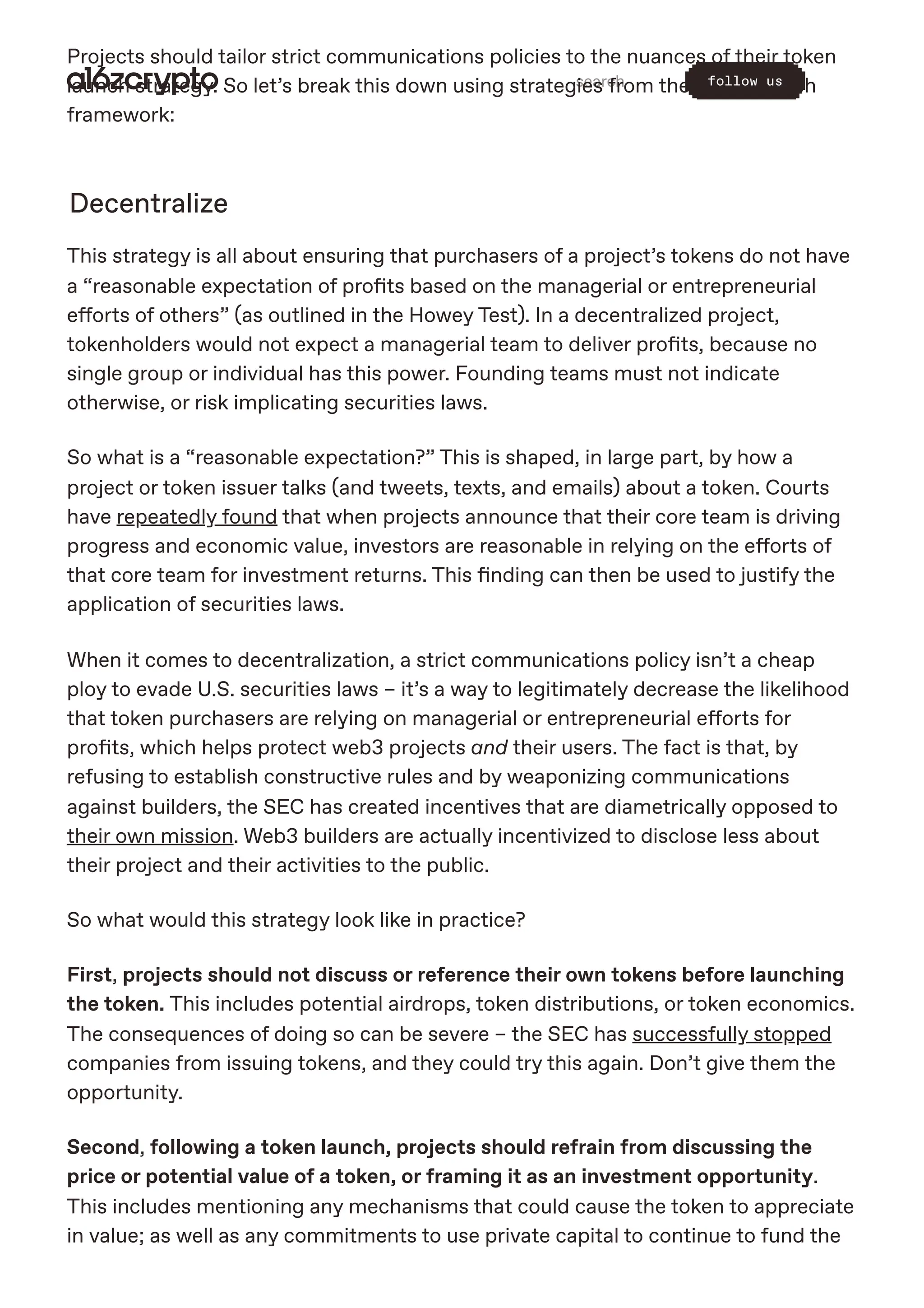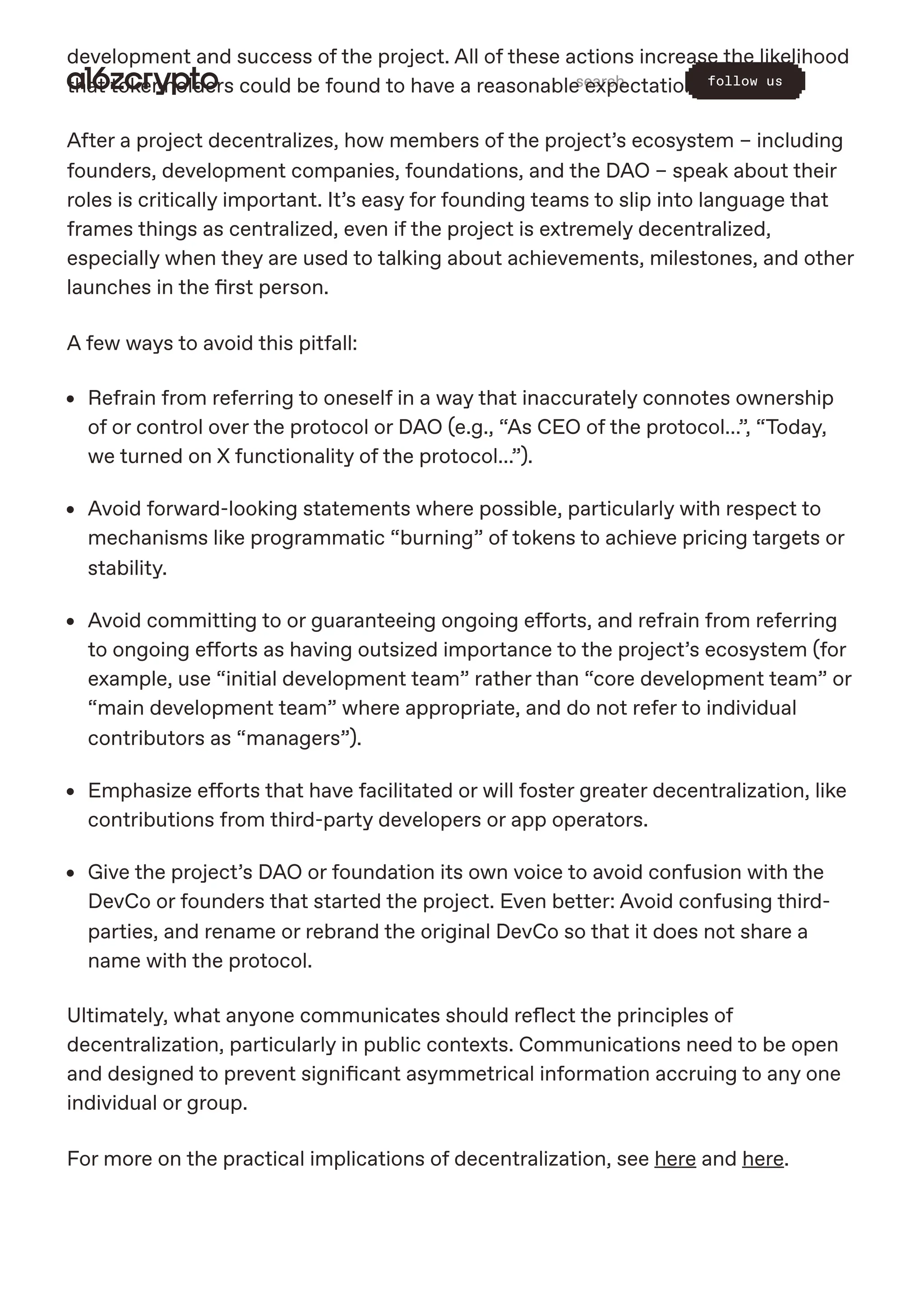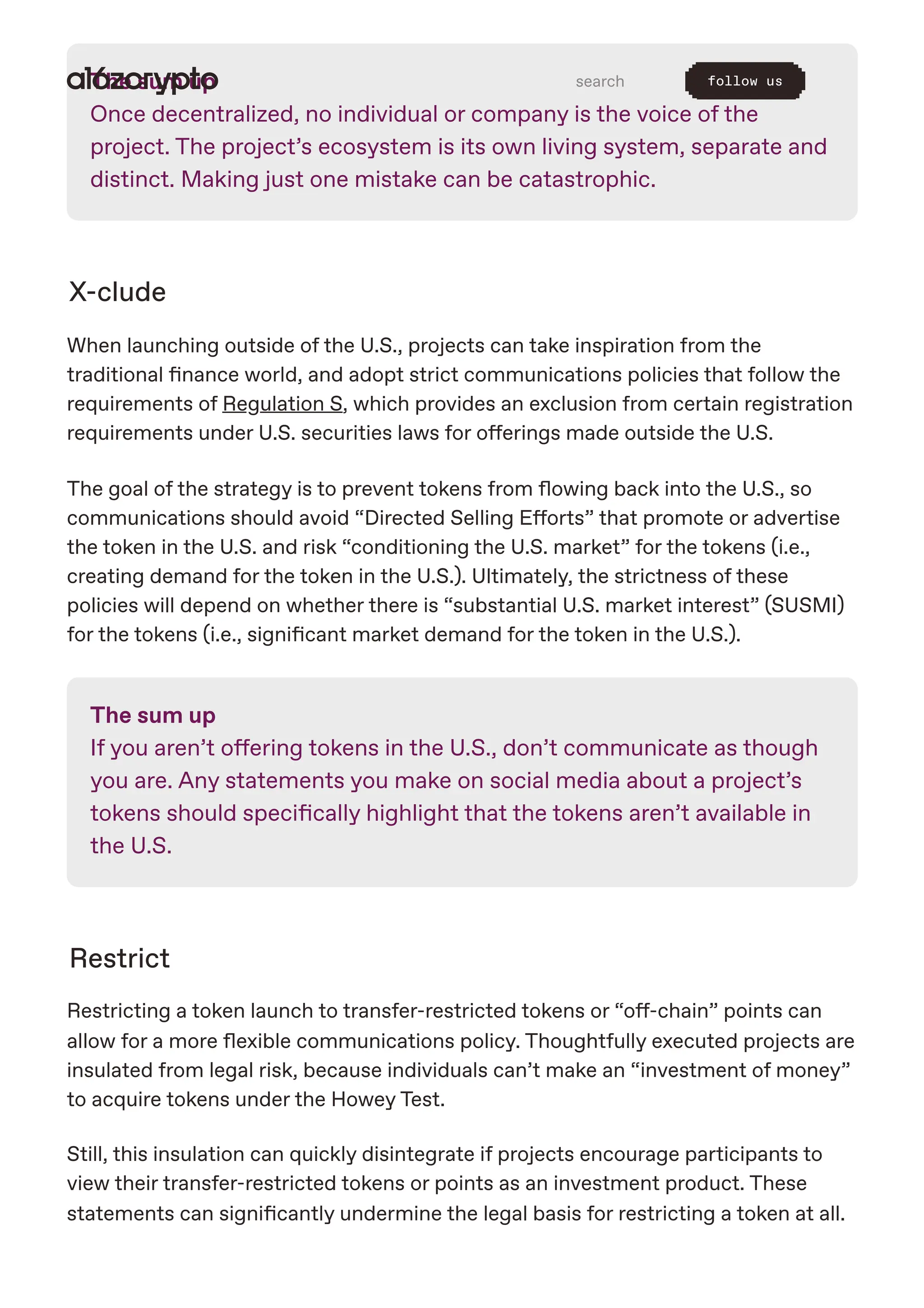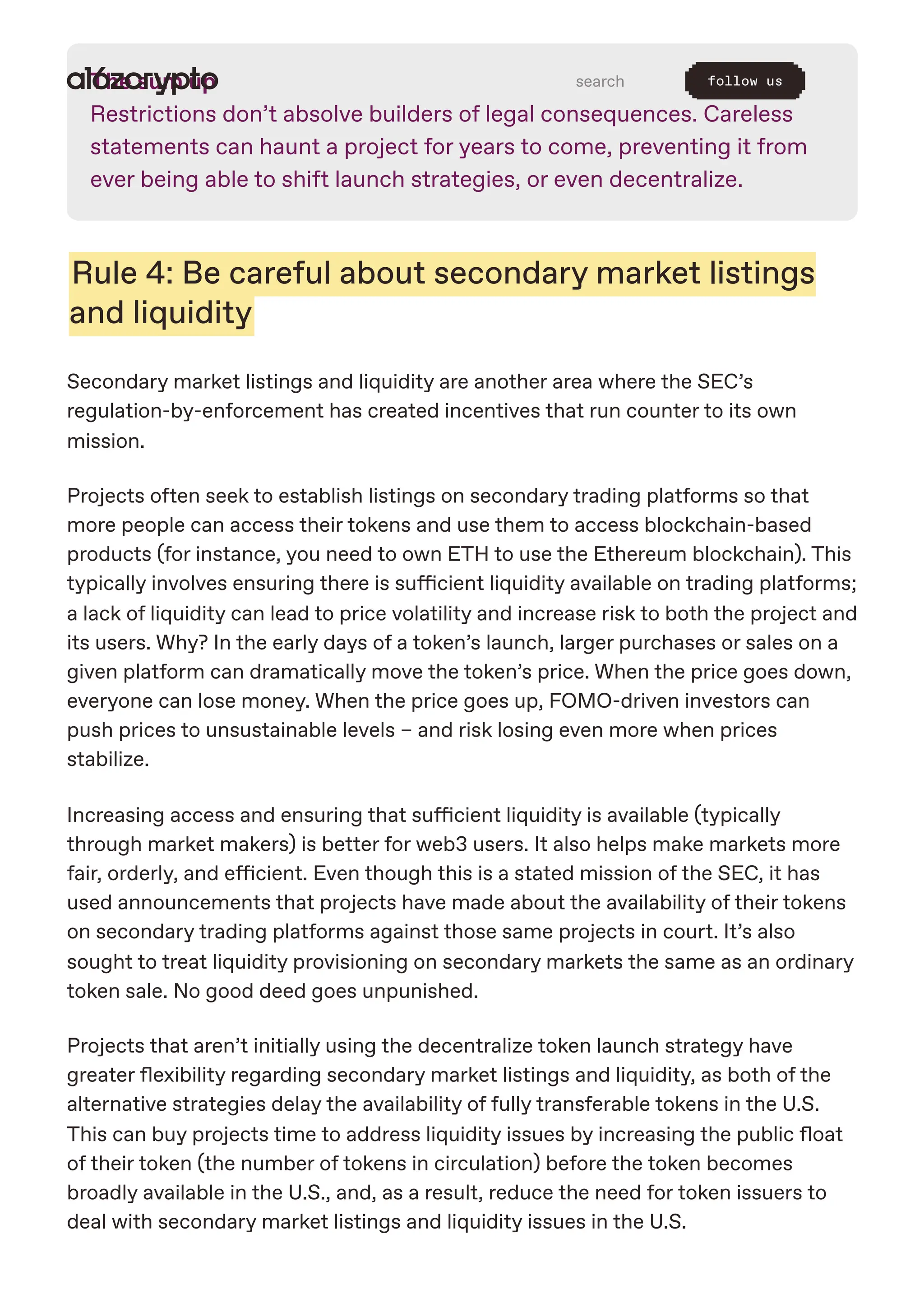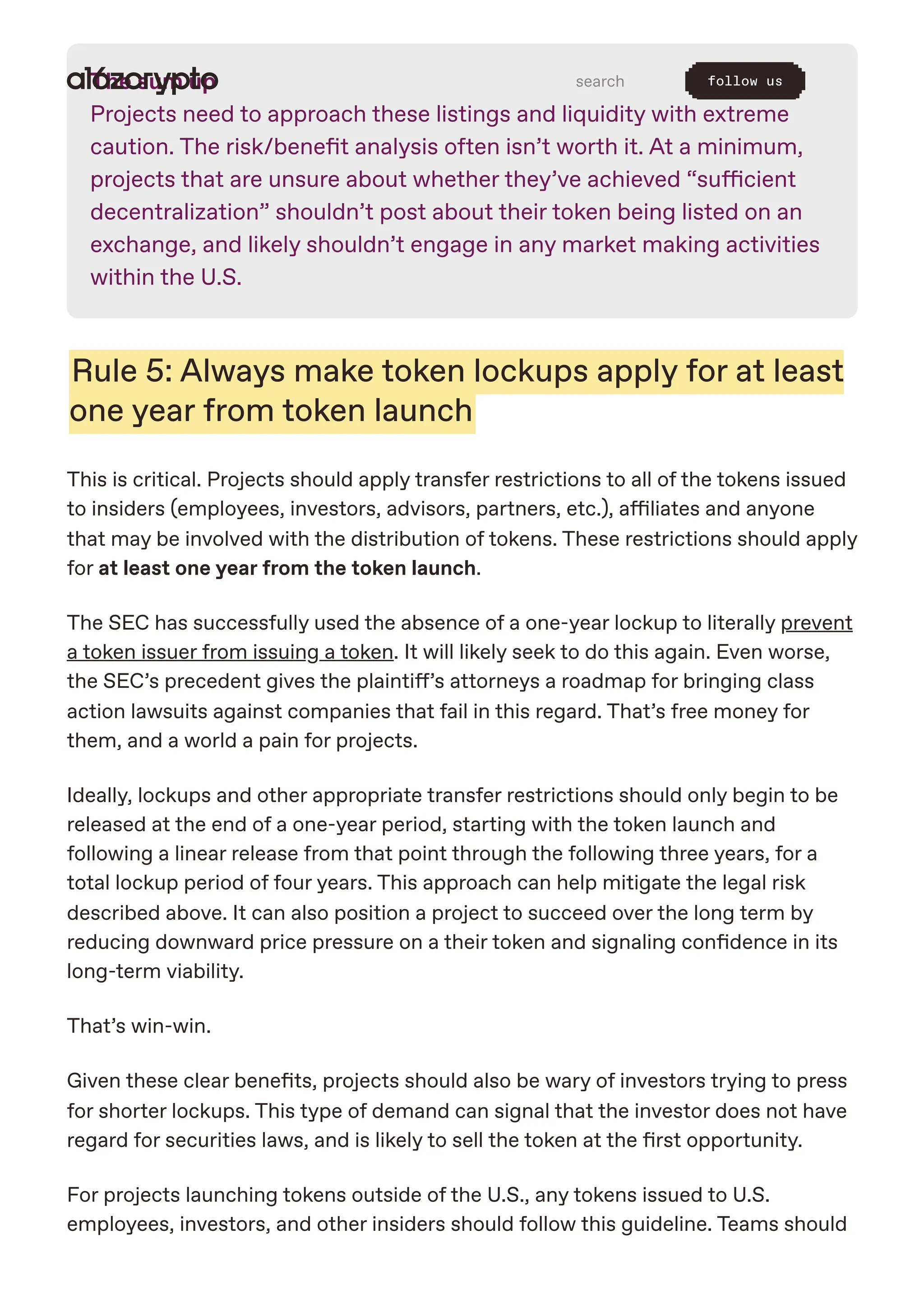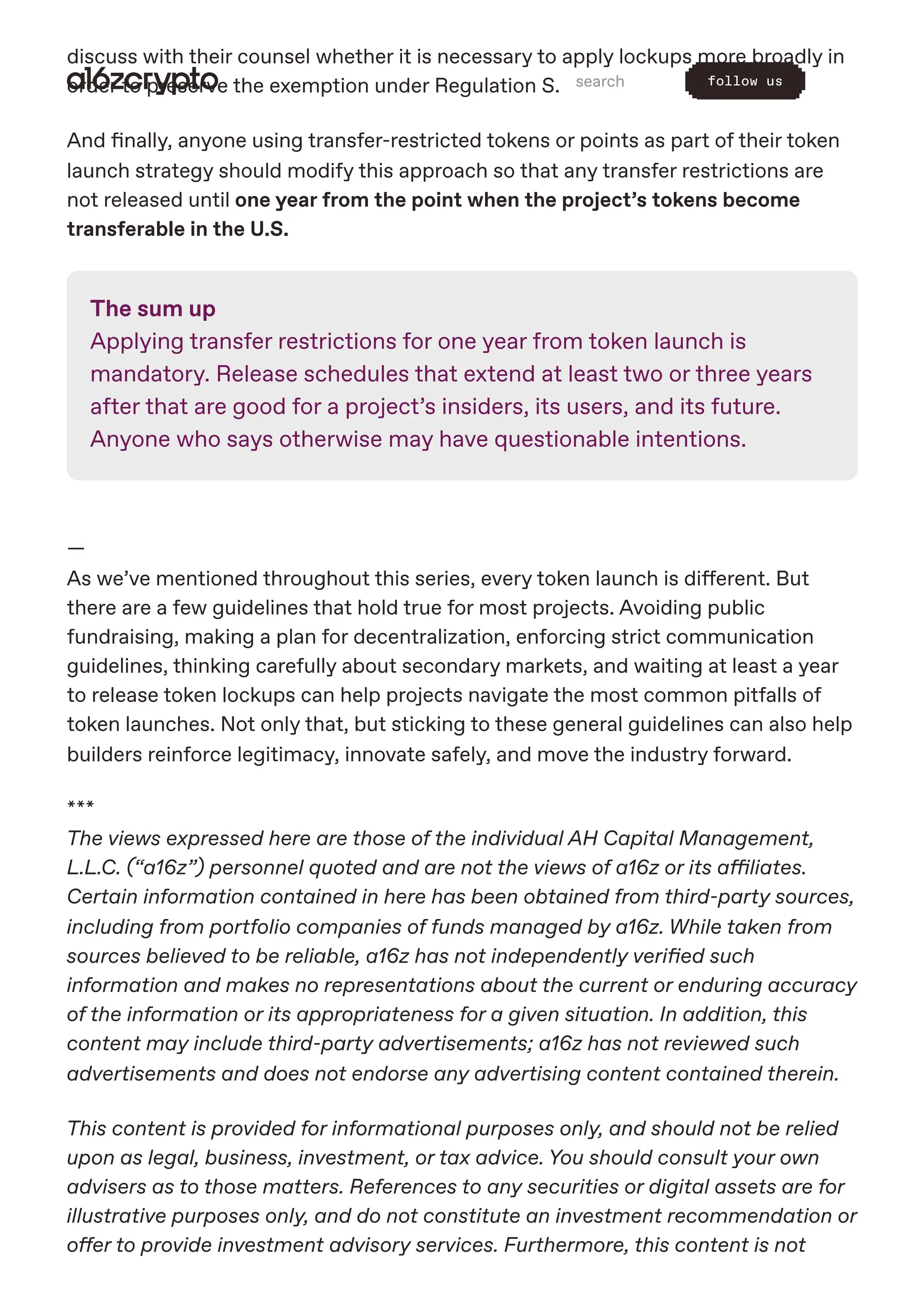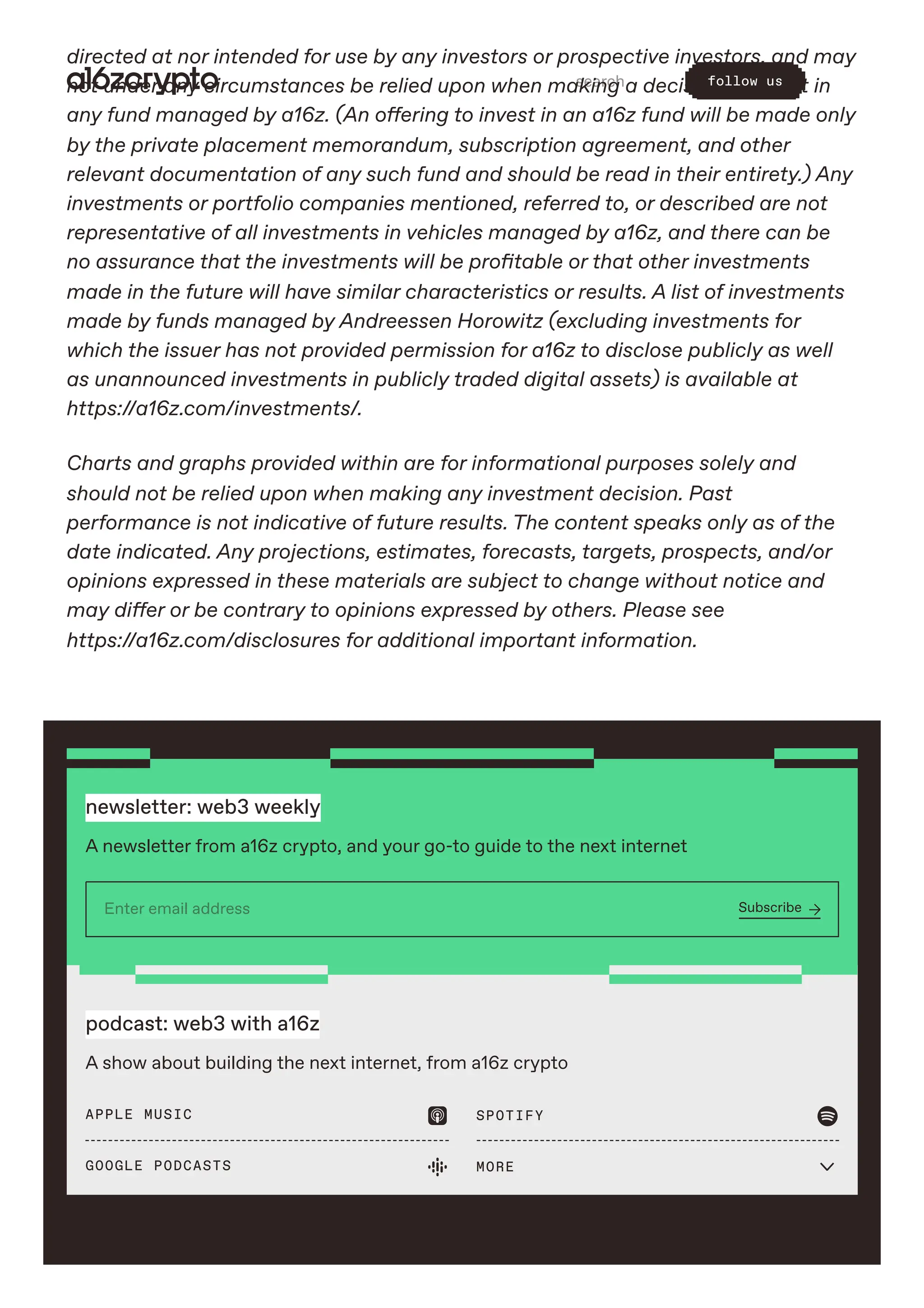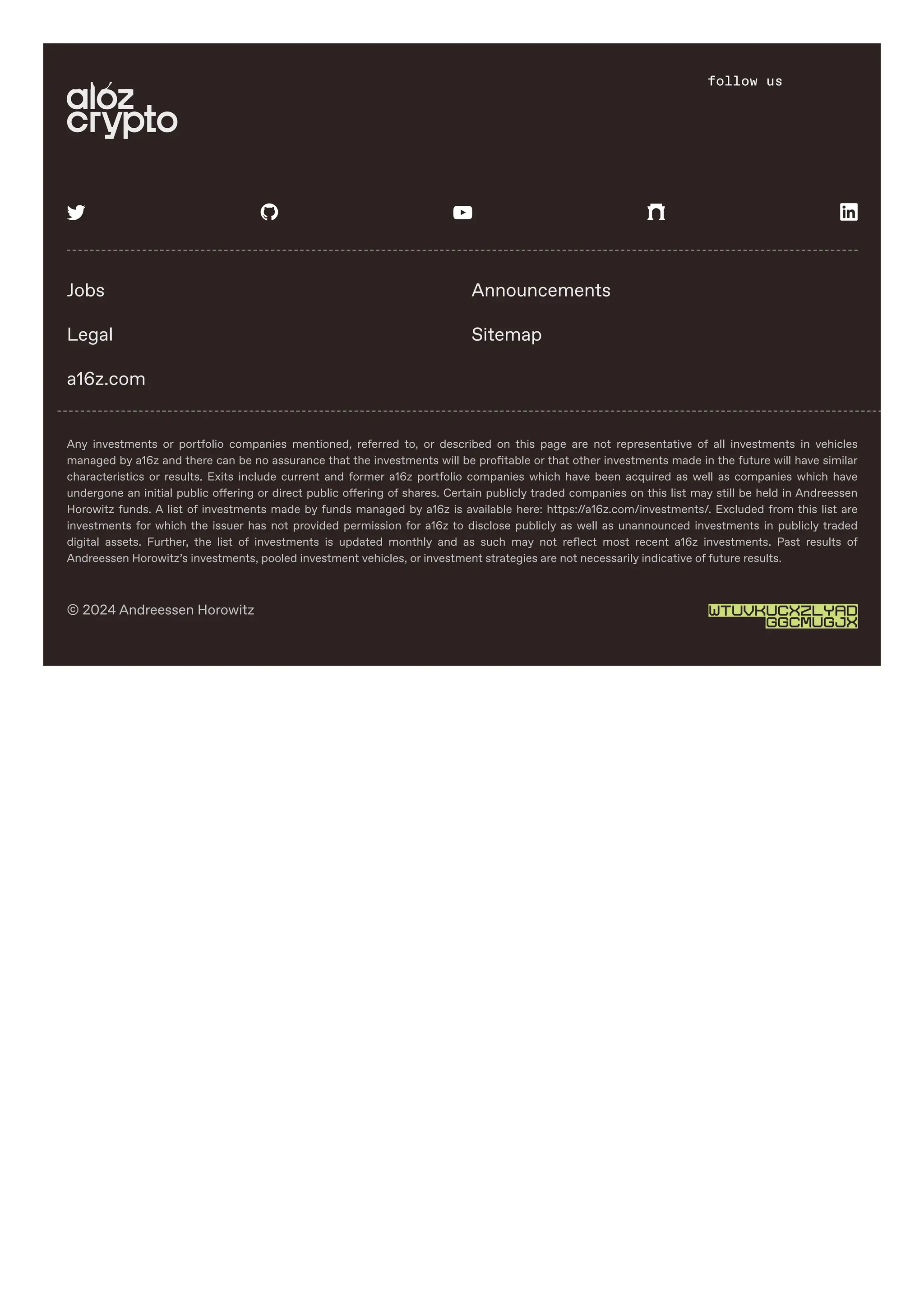The document outlines guidelines for launching tokens within the U.S. regulatory framework, emphasizing the importance of decentralization and careful communication to avoid violations of securities laws. It presents five rules for token launches, including avoiding public sales in the U.S., prioritizing decentralization, maintaining strict communication policies, being cautious with secondary market listings, and implementing one-year lockups for insiders. The document stresses that compliance with these guidelines can help mitigate legal risks and enhance the legitimacy of token projects.
